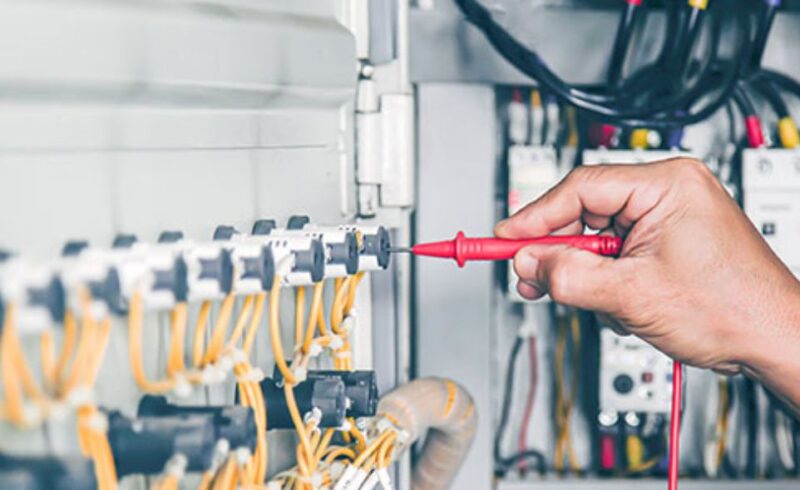
Voltage optimization is a smart solution that can help you save energy, increase the lifespan of your equipment, and reduce your carbon footprint.
We will explore the benefits of voltage optimization, the factors that affect energy savings, and the potential risks involved.
By the end, you will have a clearer idea of whether voltage optimization is right for your building.
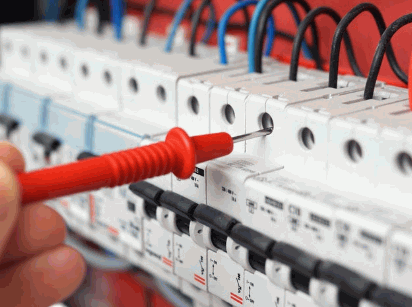
Voltage optimization is an energy-saving technique that involves adjusting the incoming power supply to an optimum level for electrical equipment. It is a method used to reduce energy consumption and lower electricity costs by ensuring that the voltage supplied is at the most efficient level for operation.
This process is crucial for maintaining the performance and longevity of electrical equipment.
By optimizing the voltage, you can prevent over-voltage situations that may damage sensitive devices and lead to higher maintenance costs. Voltage optimization promotes energy efficiency and sustainability in various industries, contributing to a greener environment.
One of the key benefits is improved power quality, which enhances the overall reliability and performance of electrical systems. Implementing voltage optimization solutions can result in significant savings on energy bills over time.
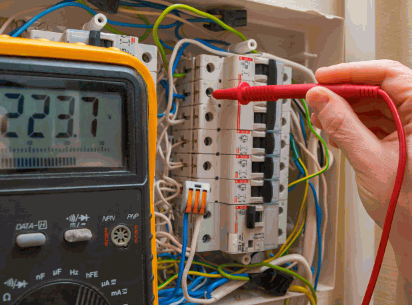
Voltage optimization works by regulating the electricity supply to reduce the voltage provided to electrical equipment. It employs smart technology to monitor and adjust the incoming power supply, ensuring that devices receive the required voltage without unnecessary wastage.
Through the process of voltage regulation, voltage optimization actively manages the power supply flow by utilizing advanced algorithms and sensors. This sophisticated system detects fluctuations in voltage levels and makes real-time adjustments, maintaining an optimal range for equipment operation. By ensuring that devices operate within the specified voltage thresholds, the risk of overheating, damage, or inefficient energy consumption is significantly reduced.
Uncover more: Voltage Optimization For Solid Fuel Stoves
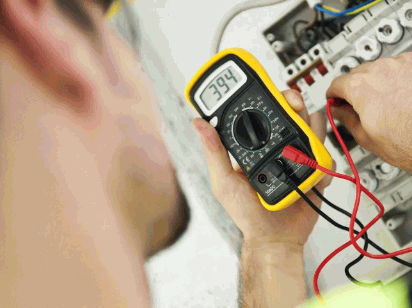
There are various types of voltage optimization systems available, including standalone voltage optimizers that directly regulate the incoming power supply to reduce energy consumption.
Integrated solutions involve more advanced technology that is built into existing infrastructure or appliances, offering more seamless integration and efficiency improvements. On the other hand, bespoke systems are custom-designed solutions tailored to specific energy needs and requirements, providing highly customized voltage optimization solutions. Each category offers unique benefits and features, catering to different levels of energy optimization and customization.
Voltage optimization offers numerous benefits, including energy savings, reduced electricity consumption, and a lower carbon footprint. By optimizing voltage levels, this technique contributes to energy efficiency and environmental sustainability.
One of the key advantages of voltage optimization is its ability to extend the lifespan of electrical equipment by ensuring that they operate at optimal voltage levels, thereby reducing wear and tear.
Additionally, voltage optimization can also lead to significant cost savings for businesses and households by lowering electricity bills and overall energy expenses, making it a financially attractive solution in the long run.
This technology plays a vital role in enhancing the reliability of electrical systems, reducing the risk of power fluctuations and equipment failures, which ultimately leads to improved productivity and operational efficiency.
One of the primary benefits of voltage optimization is significant energy savings, leading to reduced electricity costs for consumers. By aligning the voltage with the actual requirements of electrical equipment, energy efficiency is maximized.
With voltage optimization, unnecessary energy consumption is minimized as devices receive the optimal voltage they require to operate efficiently. This not only reduces the overall energy demand on the electrical grid but also contributes to a more sustainable energy ecosystem. Energy consumption is a critical aspect to consider when striving for cost-effectiveness in managing electricity bills. Implementing voltage optimization systems can lead to noticeable reductions in energy wastage, making it a win-win solution for both the environment and consumers.
Voltage optimization not only saves energy but also enhances the lifespan of electrical equipment and infrastructure. By providing the correct voltage levels, the stress on devices is reduced, prolonging their operational life.
This results in fewer breakdowns and repairs, leading to significant cost savings on maintenance and replacement parts. Voltage optimization plays a crucial role in ensuring that equipment operates at optimal levels, minimizing wear and tear over time. As a result, businesses can achieve higher efficiency levels and reduce downtime due to equipment failures. The extended lifespan of electrical infrastructure means reduced overall capital expenditures on replacements, contributing to long-term sustainability and operational effectiveness.
Voltage optimization plays a crucial role in reducing carbon emissions and environmental impact by minimizing energy wastage and overvoltage issues. The integration of smart technology ensures that energy is used efficiently, thus lowering the carbon footprint.
This technology helps regulate the incoming voltage to match the needs of electrical appliances and equipment, allowing them to operate optimally without consuming excess power. By maintaining a consistent voltage level, voltage optimization not only enhances the lifespan of electrical devices but also reduces energy consumption, leading to significant energy savings in the long run. The reduction in energy usage directly translates to a decrease in greenhouse gas emissions and helps in creating a more sustainable environment for future generations.
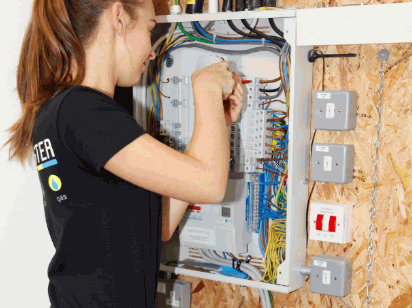
Voltage optimization has proven to be an effective method for saving energy by optimizing voltage levels and reducing energy consumption across various electrical devices and systems. The implementation of this technique can lead to substantial energy savings.
The core idea behind voltage optimization is to regulate and maintain the voltage supplied to equipment at an optimum level, ensuring that it operates efficiently without overconsuming electricity. By fine-tuning the voltage, unnecessary energy wastage is minimized, resulting in lower electricity bills and a reduced environmental impact. This technique has gained popularity in both residential and commercial settings, as it offers a practical and sustainable solution for enhancing energy efficiency.
Several factors influence the energy savings achieved through voltage optimization, including overvoltage situations, under-voltage risks, and potential compatibility issues with specific electrical equipment. Understanding these factors is essential for optimizing energy efficiency.
One crucial aspect that can greatly impact energy savings in voltage optimization scenarios is how overvoltage situations are managed. When electrical systems experience overvoltage, there is a risk of excessive energy consumption and strain on equipment, leading to inefficiencies and potential damage. Proper voltage optimization solutions can help regulate and stabilise voltage levels, ensuring that energy is used efficiently without unnecessary wastage.
Similarly, addressing under-voltage risks is vital for maintaining energy efficiency. Insufficient voltage levels can result in equipment not functioning optimally, leading to increased energy consumption to compensate for the shortfall. By implementing voltage optimization measures to address under-voltage issues, businesses can ensure that their electrical systems operate efficiently and effectively.
While voltage optimization offers significant benefits, there are potential risks associated with the process. These risks include overvoltage scenarios, under-voltage issues, and compatibility challenges that can impact the performance and safety of electrical equipment.
Overvoltage situations can result in excessive electricity flowing through the system, leading to overheating, equipment damage, and even safety hazards such as electrical fires. Conversely, under-voltage concerns may cause devices to malfunction or operate inefficiently, affecting productivity and reliability.
Compatibility issues with devices can arise when the optimized voltage is not suitable for certain appliances or machines, potentially causing them to function erratically or fail prematurely. It is crucial to carefully assess these risks and ensure proper safeguards are in place to mitigate any adverse effects on the electrical system.
Overvoltage is a risk associated with voltage optimization where electrical devices receive voltage levels higher than their designed capacity, potentially leading to damage or malfunctions. Proper monitoring and control are crucial to prevent overvoltage issues.
When equipment is exposed to overvoltage, it can cause accelerated wear and tear, reducing its lifespan significantly.
The safety hazards posed by overvoltage cannot be understated, as it may lead to electrical fires or electrical shocks, jeopardizing both property and lives.
Implementing preventive measures such as surge protectors, voltage regulators, and regular maintenance can mitigate the risks associated with overvoltage, ensuring the smooth operation of electrical systems.
Under-voltage, a potential risk of voltage optimization, occurs when electrical devices do not receive sufficient voltage for optimal operation. This can lead to performance issues, reduced efficiency, and potential equipment damage.
These challenges are further exacerbated in industrial settings where heavy-duty machinery is reliant on stable voltage levels. Ensuring a consistent voltage supply is crucial for preventing downtime and maintaining the longevity of expensive equipment. Under-voltage can negatively impact the overall energy consumption of a facility, leading to increased operational costs. It underscores the importance of implementing voltage optimization solutions tailored to specific energy needs and usage patterns.
Compatibility issues may arise in voltage optimization when specific electrical equipment or infrastructure components are not compatible with the optimized voltage levels.
Ensuring compatibility is essential to prevent operational disruptions and equipment malfunctions. Addressing these concerns not only safeguards the performance and longevity of your equipment but also plays a critical role in maintaining safety standards.
Inadequate voltage compatibility can lead to overheating, shortened lifespan, and even catastrophic failures. By ensuring that the voltage levels align with your equipment’s requirements, you are optimizing not just efficiency but also safety measures.
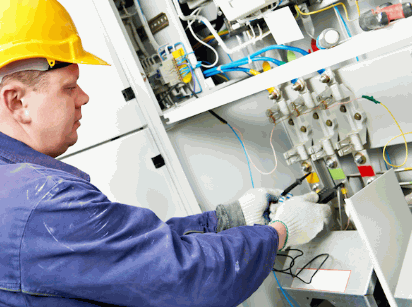
To assess the suitability of voltage optimization for your building, several steps can be taken, including conducting an energy audit, analyzing energy usage patterns, and seeking advice from experts in the field. These measures help evaluate the potential benefits and compatibility of voltage optimization.
In terms of conducting an energy audit, the primary goal is to understand the existing power consumption dynamics within the building. This involves assessing the types of electrical equipment in use, their efficiency levels, and identifying potential areas for improvement.
Analyzing energy usage patterns is crucial for pinpointing peak demand times and areas where energy wastage occurs. This insightful data provides a foundation for determining the effectiveness of voltage optimization in terms of reducing energy consumption and costs.
Expert consultations play a pivotal role in translating audit findings and usage analysis into actionable strategies. Professionals in the field can provide tailored recommendations and solutions that align with the specific needs and requirements of your building.
An energy audit involves a comprehensive review of the building’s energy consumption, identifying areas where voltage optimization could lead to energy savings and efficiency improvements. This assessment is crucial to determine the potential benefits of implementing voltage optimization.
By diving into the specifics of energy usage patterns and equipment efficiency, an energy audit not only helps in pinpointing potential cost-saving measures but also plays a vital role in aligning the building’s energy systems with National Grid standards.
Through this process, organizations can gain valuable insights into energy wastage, peak load demands, and overall energy performance. These findings pave the way for targeted interventions and tailored solutions to enhance the building’s overall energy efficiency and reduce its environmental footprint.
Understanding your building’s energy usage patterns, including peak demand periods and power consumption variations, is essential when considering voltage optimization. Factors such as energy sources like Wind Turbines can also influence the optimization strategy.
By delving deep into the data of your energy consumption patterns, you can uncover insights that drive efficient voltage optimization decisions. Recognizing when your building experiences peak demand periods can guide you in adjusting voltage levels to prevent unnecessary strain on the electrical system. Monitoring power consumption variations enables you to fine-tune your optimization efforts, potentially reducing energy wastage and cutting down utility costs.
Wind Turbines, as renewable energy sources, introduce a dynamic element to the equation. Integrating data from these sources into your optimization strategy allows for a more comprehensive approach that harnesses sustainable energy while managing voltage effectively. Understanding the interplay between conventional grid electricity and renewables like Wind Turbines can lead to innovative solutions that balance reliability, cost-effectiveness, and environmental impact.
Seeking advice from experts in voltage optimization, such as providers of innovative solutions like the Eco-Max Optimiser, can offer valuable insights into the compatibility of systems like Solar PV setups with voltage optimization technologies. Expert consultations help tailor solutions to specific needs.
This professional guidance is crucial in determining the feasibility of implementing voltage optimization strategies. By consulting experts, businesses can gain a deeper understanding of how integrating solutions such as the Eco-Max Optimiser can enhance energy efficiency and reduce costs effectively. Experts can assess the synergy between Solar PV systems and voltage optimization technologies, ensuring seamless integration and optimal performance. The expertise provided by professionals not only streamlines the implementation process but also helps in maximizing the benefits of voltage optimization for long-term sustainability.